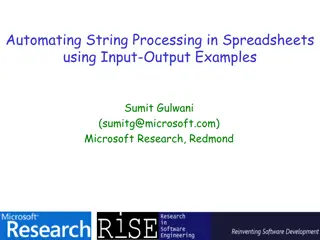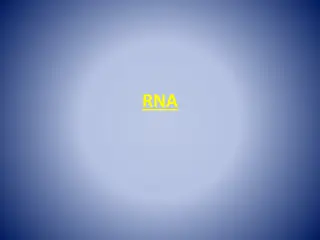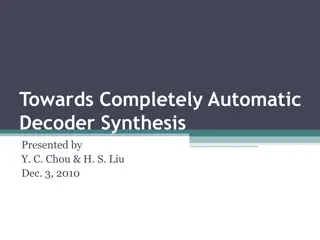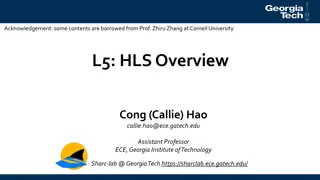Acetaminophen Synthesis Process Explained
Acetaminophen, also known as paracetamol, is a widely used analgesic and fever-reducing medicine. The synthesis of acetaminophen involves treating an amine with an acid anhydride to form an amide. This process includes mixing reactants, isolating crude acetaminophen, and purifying the final product. Experimental steps are provided for the preparation of acetaminophen, highlighting the bond-forming and breaking processes. Dr. Mohammed Sinjar's research and findings on acetaminophen synthesis are depicted in detail through illustrations and explanations.
Download Presentation

Please find below an Image/Link to download the presentation.
The content on the website is provided AS IS for your information and personal use only. It may not be sold, licensed, or shared on other websites without obtaining consent from the author.If you encounter any issues during the download, it is possible that the publisher has removed the file from their server.
You are allowed to download the files provided on this website for personal or commercial use, subject to the condition that they are used lawfully. All files are the property of their respective owners.
The content on the website is provided AS IS for your information and personal use only. It may not be sold, licensed, or shared on other websites without obtaining consent from the author.
E N D
Presentation Transcript
Synthesis of Acetaminophen Assistant lecturer : Dr. Mohammed Sinjar
Paracetamol Preparation of acetaminophen involves treating an amine with an acid anhydride to form an amide. In this case, p-aminophenol, the amine, is treated with acetic anhydride to form acetaminophen . (p-acetamidophenol), the amide
Acetaminophen (paracetamol) (MW = 151.2) an analgesic and fever-reducing medicine similar in effect to aspirin. It is an active ingredient in many over-the-counter Tylenol and Midol. Introduced in the early 1900s, acetaminophen is a coal tar derivative that acts by interfering with the synthesis of prostaglandins and other substances transmission of pain impulses. medicines, including necessary for the
The synthesis of paracetamol can be broken down into 3 parts: Part 1 mix the reactants together to form paracetamol. Part 2 isolate crude paracetamol from the ethanoic acid and unreacted starting materials. Part 3 purify paracetamol by recrystallisation.
Part 1: Preparation of paracetamol How it works The curly arrow mechanism below shows the bond forming/breaking process that occurs. Ethanoic anhydride
The lone pair of electrons on the amine of 4- aminophenol attacks the C=O bond of acetic anhydride causing it to break. Nitrogen has a positive charge but regains electrons by losing a proton. The negative charge on the oxygen comes back in to reform the C=O bond. This causes the other C-O bond to break. The result is an amide bond formation and a carboxylic acid by-product.
Experimental work 1-Add 2.1 grams of 4-aminophenol (pre-weighed for you in a labelled sample tube) into the round-bottomed flask. 2-Using your 25 mL measuring cylinder, measure 18 mL of water and add this to the flask. Add a magnetic follower to the round- bottomed flask. 3-Carefully clamp the flask at the neck and position it in the metal DrySyn block which should be placed on the stirrer hotplate. Stir the reaction mixture using a magnetic follower. Do not apply heat at this stage.
Experimental work 4. Assemble the apparatus for reflux as shown in the diagram below. Tip: Do not clamp the condenser! 5. Using a Pasteur pipette, measure 3 mL of ethanoic anhydride (also known as acetic anhydride) into a 10 mL measuring cylinder. Add this to your mixture by lifting the condenser and adding directly to the round-bottomed flask. 6. Replace the condenser and switch on the heat to your hotplate (set the dial to about 120 C). Tip: Make sure there is water going through your condenser. 7. The reaction is heated at reflux for 15 minutes, stirring continuously. The reaction mixture should become colourless. 8. After refluxing for 15 minutes, switch off the heat and carefully raise the round-bottomed flask away from the DrySyn block using the boss and clamp. 9. Allow the flask to cool to room temperature. 10. On cooling, crude paracetamol should form in the round-bottomed flask. I
Part 2: isolate crude paracetamol from ethanoic acid and unreacted starting materials The easiest way to collect or remove precipitates is by vacuum filtration. This is a faster method of filtering solids than filtration under gravity as the vacuum pump provides the suction. 1. Set up your vacuum filtration apparatus as shown in the diagram below with the Buchner flask and funnel that you have on the bench.
2-Place your Buchner flask on top of the base of the clamp stand. Clamp the flask around the neck. 3- Place a Buchner (or Hirsch) funnel on top of the flask with a rubber ring or cone in between to create a seal. 4- Place a filter paper inside the funnel. You need to use the appropriate size paper that can lay flat and covers all the holes in the funnel.
5- The orange tubing at the back of the fume cupboard is where you will connect your apparatus to the vacuum. Moisten the end of the orange vacuum tubing by dipping it in a beaker of water. This will help you place the tubing onto the side-arm of the Buchner flask. 6 -A demonstrator will show you how to switch on the vacuum pump and open the taps required to apply suction to your apparatus. 7- Wet the filter paper with some cold water and gently hold down the funnel. If the water passes through quickly you have a good enough suction. A demonstrator will help you if not. 8-Filter the reaction mixture using water (approximately 5 mL) to rinse out as much of the contents of the reaction flask onto the filter paper. 9- Wash the solid with approximately 2 x 15 mL of ice cold water and leave under suction for a few minutes. This should rinse away any ethanoic acid. 10- Transfer your solid into a clean 100 mL conical flask. Empty the filtrate into the sink at the back of the fume hood and wash out with plenty of water. Clean your funnel with water and remove the used filter paper.
Part 3 purify paracetamol by recrystallisation 1- With your crude paracetamol in the clean 100 mL conical flask, add 5 mL of water to your solid. Add another 25 mL of water to a 50 mL conical flask. 2- Place both conical flasks onto your hotplate. Switch on the hotplate to heat both flasks gently. Keep gently swirling both flasks until the water is just below its boiling point. 3- Using a Pasteur pipette, add approximately 1 mL (1 pipette full) of hot water from the conical flask to your paracetamol. Tip: do not invert the pipette whilst transferring the water! Swirl your conical flask again to try and get the solids to dissolve. Return the flask to the stirrer hotplate to keep it hot. Continue this until all the solid has dissolved. Careful! If you add a vast excess of water then your paracetamol might not recrystallise on cooling. 4- Once all the solid has dissolved in the minimum volume of hot solvent, allow the flask to cool to room temperature slowly. Why do we want the flask to cool slowly? 5- Set up another vacuum filtration with the filtration apparatus. Pre-weigh an empty watchglass and make a note of the weight g. 6- When no more precipitate appears to have formed, filter your mixture by vacuum filtration. Wash the solid with a small amount (less than 5 mL) of water. 7- Transfer the solid onto the watchglass and leave to dry in a low temperature oven.
Part 3 purify paracetamol by recrystallisation calculate the mass of your product and analyse its purity. In the meantime calculate the theoretical yield of paracetamol.
Analysis of Paracetamol Part 1 Calculating the percentage yield of paracetamol Remove your sample from the oven. Record a weight and calculate your yield. Weight of paracetamol + watchglass g g g
Analysis of Paracetamol Part 2 Melting point of paracetamol Comparing the melting point of your synthesised paracetamol to the known melting point is a good way to ascertain its purity. Any impurities present will lower the melting point and increase the range over which the solid melts.
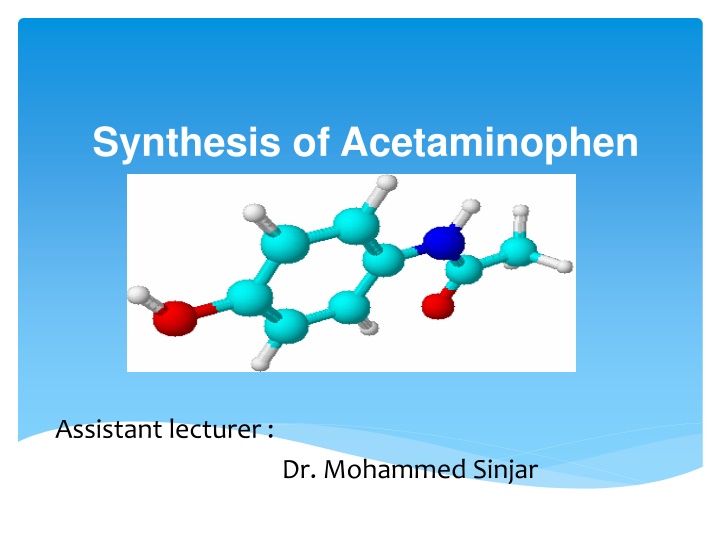

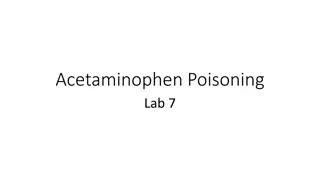
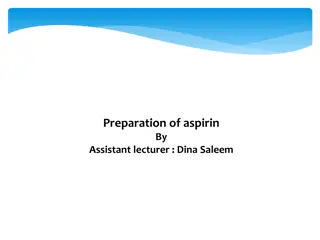
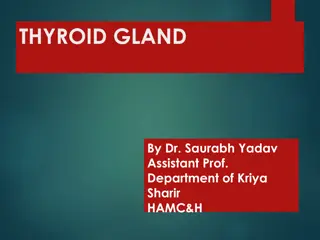


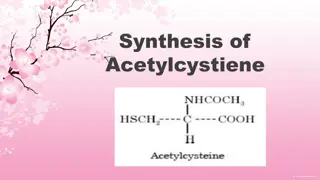
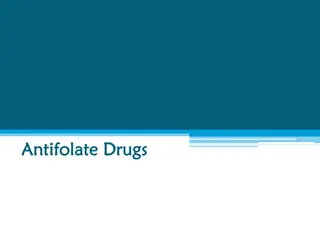
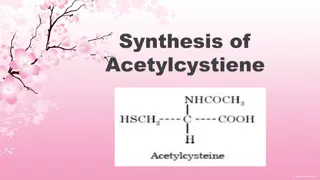
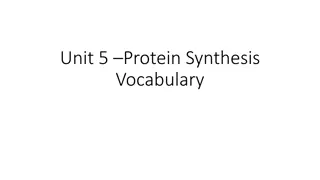


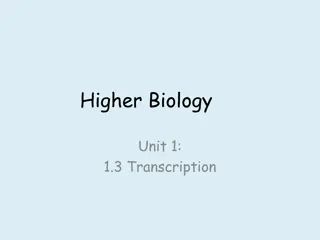

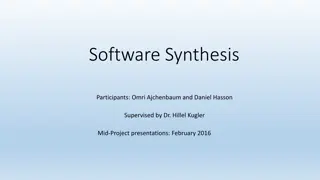
![The Synthesis of Cedranoid Sesquiterpenes via Photo-Rearrangement of Bicyclo[2.2.2] Octenones](/thumb/198279/the-synthesis-of-cedranoid-sesquiterpenes-via-photo-rearrangement-of-bicyclo-2-2-2-octenones.jpg)

